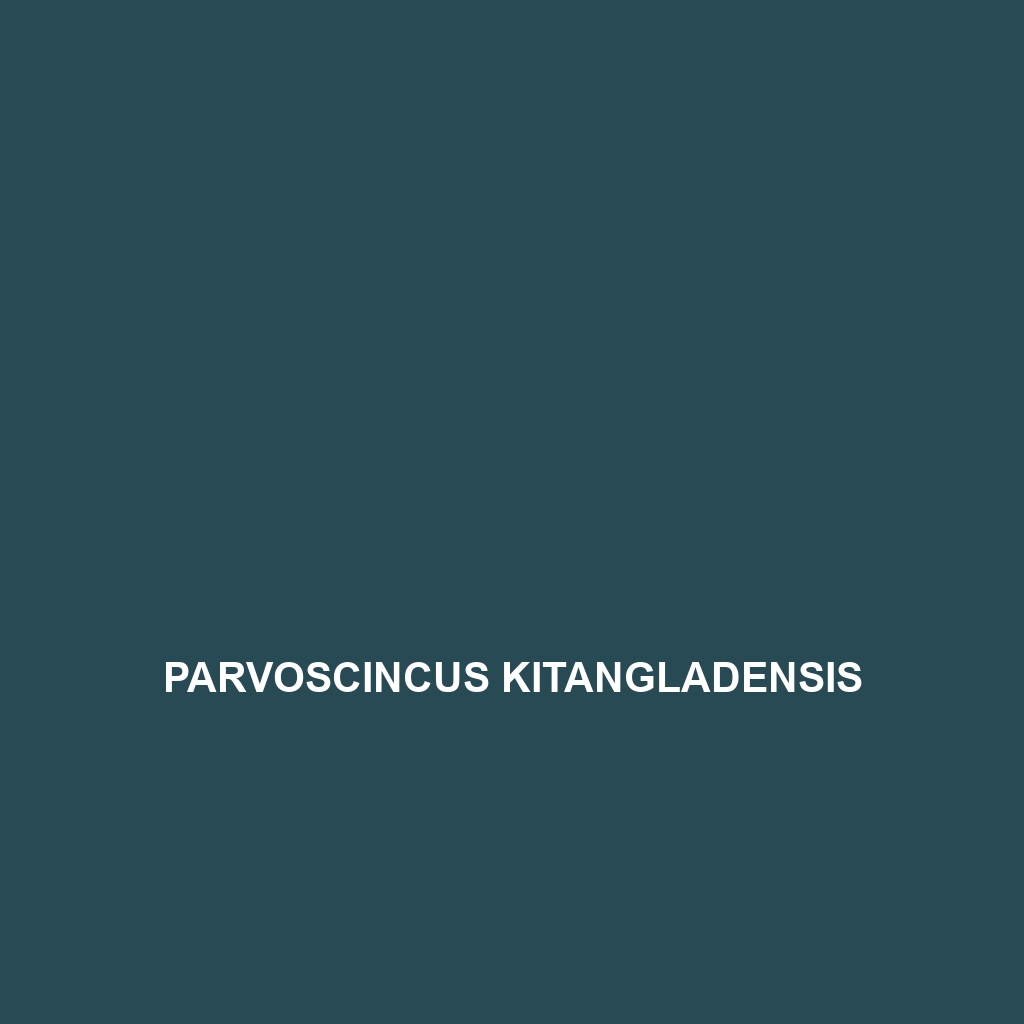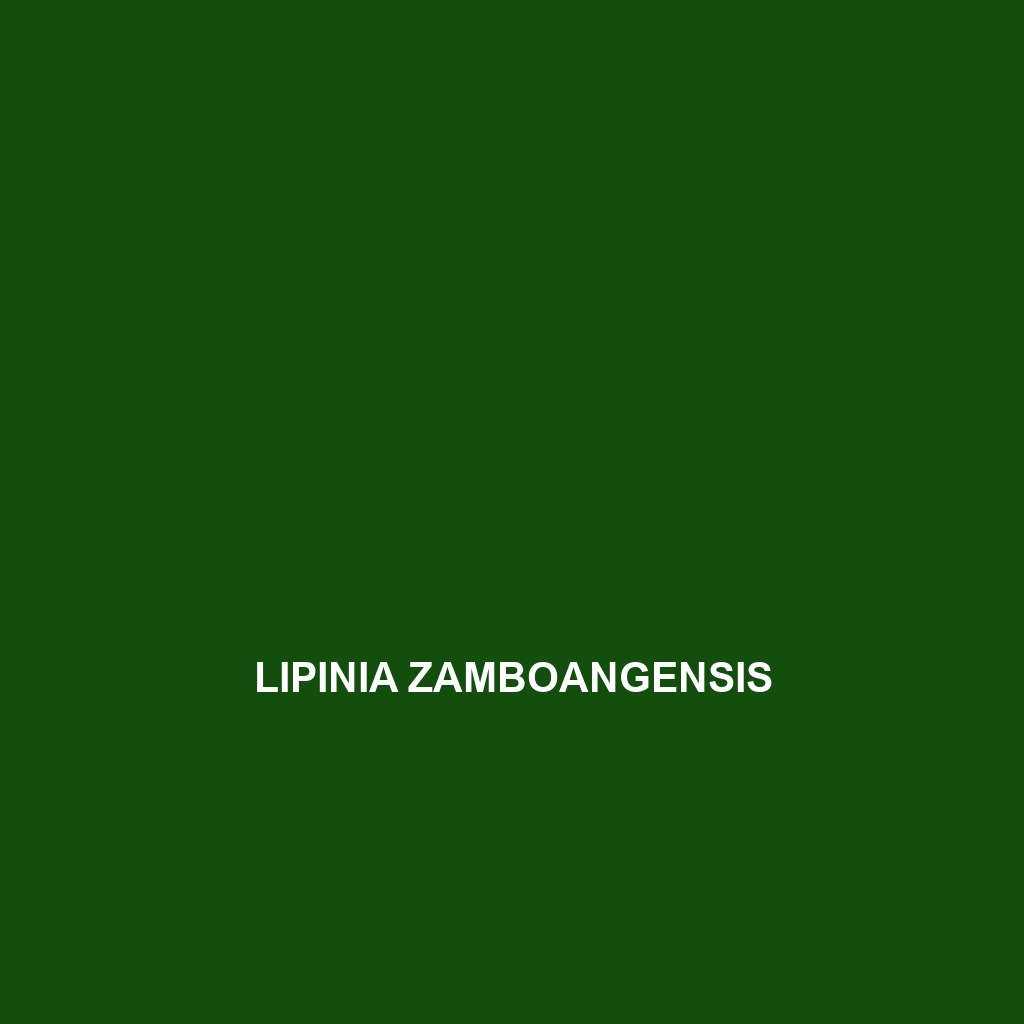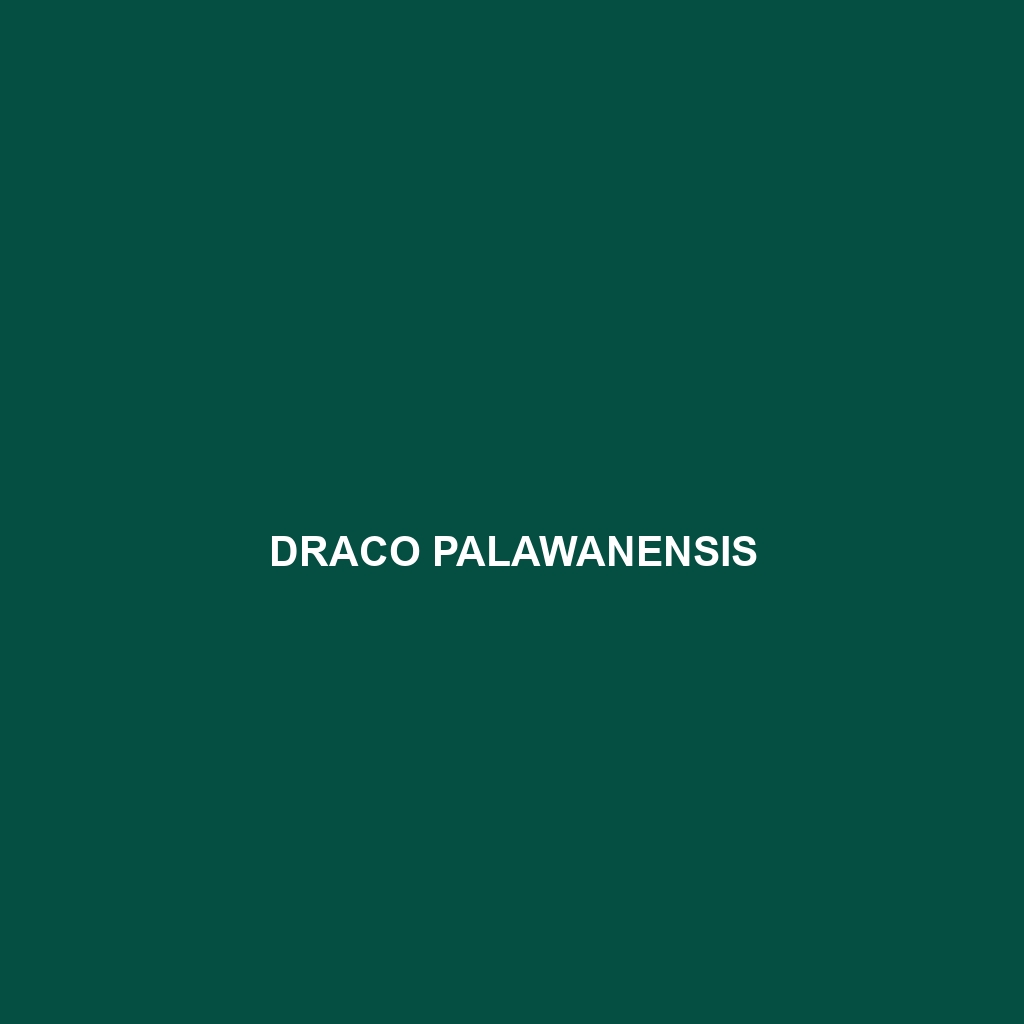The Sphenomorphus diwata, known as the Diwata skink, is a medium-sized, diurnal skink found in the rainforests of the Philippines, particularly Mindanao. This vibrant insectivore plays a vital role in its ecosystem by controlling insect populations and serving as prey for larger predators.
Tag: Philippines wildlife
Pseudogekko smaragdinus
<b>Pseudogekko smaragdinus</b>, known as the Emerald Token Gecko, is a vibrant green, nocturnal insectivore native to the tropical rainforests of Southeast Asia, particularly the Philippines. This small to medium-sized gecko, measuring 12 to 20 cm in length, exhibits arboreal behavior and plays a vital role in its ecosystem by controlling insect populations and aiding in seed dispersion.
Pseudogekko smaragdinus
<b>Pseudogekko smaragdinus</b>, known as the Emerald Token Gecko, is a vibrant green, nocturnal insectivore native to the tropical rainforests of Southeast Asia, particularly the Philippines. This small to medium-sized gecko, measuring 12 to 20 cm in length, exhibits arboreal behavior and plays a vital role in its ecosystem by controlling insect populations and aiding in seed dispersion.
Parvoscincus kitangladensis
Discover the Parvoscincus kitangladensis, a stunning skink native to the montane rainforests of Mindanao, Philippines. With its striking brown and green coloration, this agile insectivore plays a crucial role in maintaining ecological balance while thriving in its humid, densely vegetated habitat.
Lipinia zamboangensis
Discover the vibrant Lipinia zamboangensis, a slender, 20-25 cm long insectivore native to the rainforests of the Zamboanga Peninsula in the Philippines. With striking green and brown hues for camouflage and a unique flattened tail for agility, this diurnal species thrives in diverse habitats and plays a crucial role in maintaining ecological balance.
Lepidodactylus babuyanensis
Lepidodactylus babuyanensis, or the Babuyan skink, is a versatile, insectivorous species found in the Babuyan Islands of the Philippines, known for its unique climbing abilities and distinct coloration. This nocturnal skink is classified as vulnerable due to habitat loss, playing a crucial role in maintaining ecological balance as both a predator and prey within its environment.
Hydrosaurus pustulatus
Discover the Hydrosaurus pustulatus, or Philippine water dragon, known for its striking appearance, reaching lengths of 60 to 90 cm, and thriving in tropical rainforests and freshwater habitats of the Philippines. This vulnerable species exhibits unique swimming and climbing abilities, a diverse omnivorous diet, and plays a crucial role in its ecosystem.
Draco walkeri
Draco walkeri, or Walker's Draco, is a unique insectivorous lizard found in Southeast Asia's rainforests, known for its remarkable gliding ability and vibrant coloration. This species plays a crucial role in controlling insect populations and contributes to forest regeneration through seed dispersal.
Draco palawanensis
<p><b>Draco palawanensis</b>, or the Palawan flying dragon, is a visually stunning insectivore native to the rainforests of Palawan, Philippines, known for its remarkable gliding ability and distinctive dewlap. This vulnerable species plays a crucial role in its ecosystem by controlling insect populations and aiding in pollination.</p>
Draco mindanensis
<p><b>Draco mindanensis</b>, or the Mindanao flying dragon, is a unique arboreal lizard known for its remarkable gliding capabilities and vibrant green and brown coloration, primarily found in the tropical rainforests of the Philippines. This fascinating insectivorous species plays a crucial role in its ecosystem by controlling insect populations and aiding in seed dispersal.</p>









